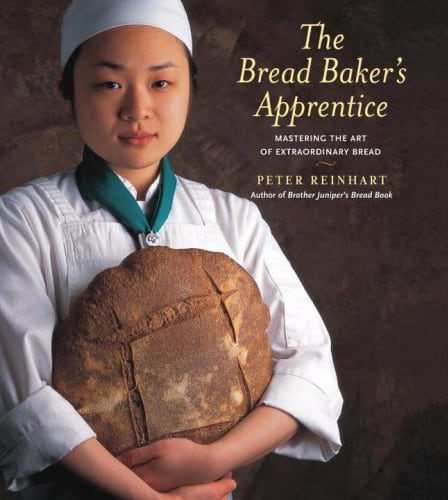 |
| Garlic herb focaccia sandwich (with swiss cheese and ham) and focaccia sticks - Amazing! |
The secret here is the slow overnight fermentation, which increases the flavor and makes the bread really fluffy. Also very important is the flavored olive oil made with fresh herbs and garlic. I made this oil following the tips from the book, but I customized it by adding fresh minced garlic and some other spices. Since it's my creation, I can actually post the recipe here. You can use it to bake your own focaccia or as a tasty dipping for dinner rolls, ciabattas, etc.
To make the flavored olive oil, just simmer 1 cup of olive oil for 2 minutes and turn off the heat. Then add any herbs you like, preferably fresh (I added fresh parsley and scallions and dried oregano and basil), three cloves of minced fresh garlic and a pinch of cayenne pepper. Cover the pan and let it rest for at least 30 minutes to infuse the herbs and release their flavor into the oil.
Now, about the focaccia. Again, I can't publish the exact instructions and proportions from the book's recipe, so I'll just describe what I did and you can apply my tips to any focaccia recipe you might have.
Start with a base sticky mixture called "poolish", which is actually flour and water in the same proportion and a small amount of yeast. Mix everything and leave it fermenting at room temperature for 3 to 4 hours (or until it starts bubbling) and then immediately refrigerate it. Use it in the next day to make the dough, by adding more flour, yeast, salt, water and olive oil and mixing it until it forms a sticky smooth dough.
Transfer the dough to a bed of flour on the counter and apply the folding technique to develop the gluten. Let it relax and swell. In the meantime, line the bottom of a 17'' x 12'' baking sheet with parchment or wax paper and grease the paper with olive oil. When the dough is ready, transfer it to the baking sheet and start stretching it with your finger tips until it fills everything, taking care to keep as much air as possible inside the dough. Then, spread 10 tablespoons of our nice flavored olive oil over the dough and let it proof for 1 hour.
 |
| It should look like this, if you add saute mushrooms and minced bacon :) |
Preheat the oven to 450 degrees Fahrenheit (230 degrees Celsius) and bake for 10 minutes. Turn the baking sheet 180 degrees. If you want to add a nice touch to your focaccia, add one cup of shredded mozzarella at this moment. Bake for 10 more minutes. Remove the focaccia from the oven and transfer it immediately to a cooling rack, making sure to remove the parchment paper from the bottom of the bread. Let it cool for 15 minutes and enjoy!
Overall, this focaccia was fantastic. It could, however, be improved by reducing the amount of olive oil (I already reduced it in the instructions above). It's a great bread to eat plain or to use as a base for a nice sandwich (first picture). You can also make some fluffy bread sticks with it that you can serve at a dinner party - your guest will definitely love them!
Baker's Rating: 9.0 / 10
Wife's Rating*: 9.0 / 10
(the version with a reduced amount of olive oil would most likely get a 10/10 rating from both my wife and I)
* My wife explicitly requested me to stop calling her "judge", so I'm officially renaming the "Judge's rating" to "Wife's rating". But I still think "judge's rating" keeps it more impersonal so you, my fellow readers, don't think she is giving these high ratings just because I'm her husband, which is probably very true! :)












